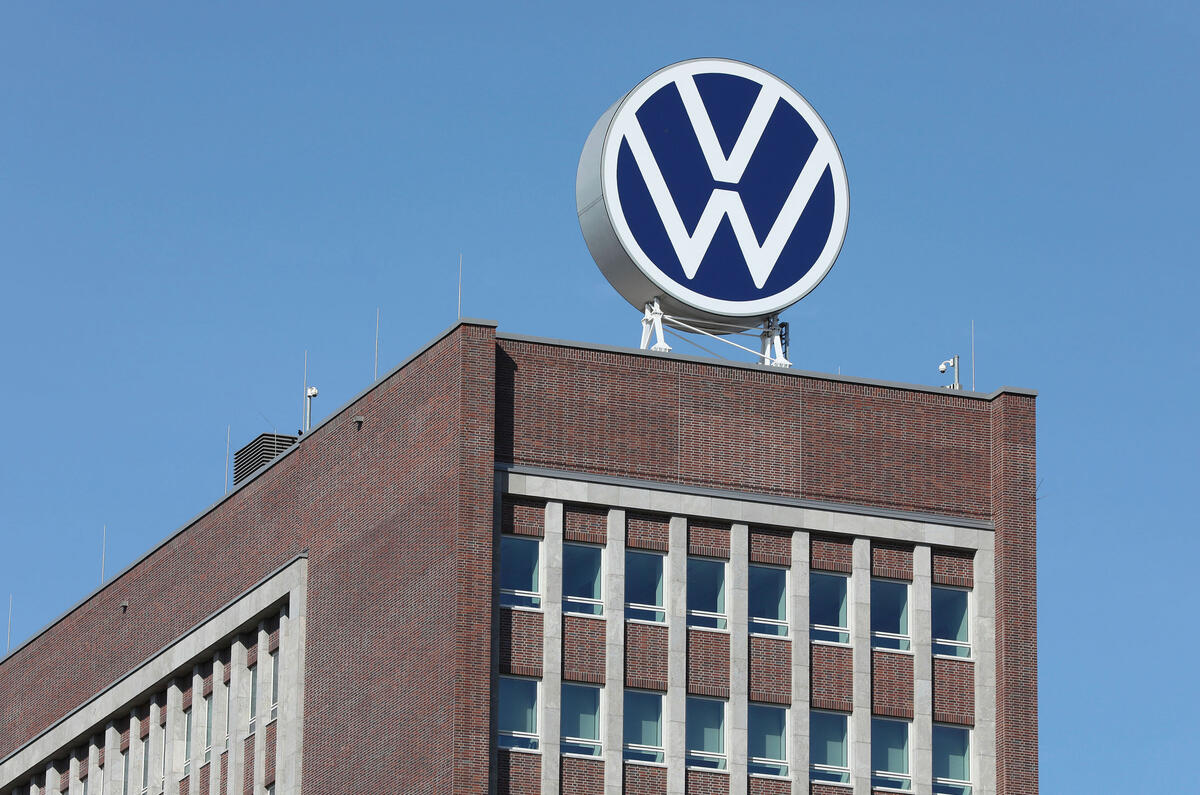The mask of unity presented by the European car makers’ lobbying association, ACEA, severely cracked earlier this month when Stellantis announced it was leaving to set up its own pressure group.
As the second-largest member of the group, Stellantis was a key supporter of the organisation and also one of biggest funders via its undisclosed annual fee.
So why did Stellantis leave, and what’s the future now for ACEA (short for Association des Constructeurs Européens d'Automobiles) in the face of differing opinions on how to tackle the shift to zero-emissions motoring?
Stellantis didn’t give an official reason for leaving, but one source close to the company pointed to its increased clout since merging PSA and FCA in 2021 to create a 14-brand global behemoth. A company of Stellantis’ size can do plenty of heavy lifting on its own, CEO Carlos Tavares feels. For a man obsessed with cost-saving and synergies, it made little sense to pay an organisation for what you can do yourself.
For Autocar Business webinars and podcasts, visit Autocar Business Live
Given that ACEA spent between €2.5 million (£2.15m) and €2.75m (£2.36m) lobbying the European Commission in 2020 (according to LobbyFactsEU), it could be assumed that Stellantis’s share of that and the general running of ACEA wasn’t insignificant.
The second clue to Stellantis’s reasoning was the name of the ‘forum’ it wants to establish in its place. The Freedom of Mobility Forum uses a phrase employed by Tavares when warning that the higher cost of electric cars will price the middle class out of motoring, assuming as it does that you’re truly free only in a private car.













Add your comment